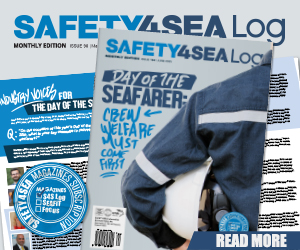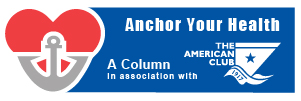Oasis P&I Club has observed an increasing number of ship collision incidents. According to Oasis P&I, Guishan anchorage and its surrounding waters are critical points for ships navigating through the Pearl River Estuary. Many merchant ships anchor at the 18GS anchorage before entering ports, while fishing boats and offshore ships anchor at the 17GS anchorage. This concentration of vessels results in limited maneuvering space and challenges in ship handling.
The waters between the 18GS and 17GS anchorages serve as the customary route for ships entering or leaving ports and are also used as boarding and disembarking points for pilots. Ships frequently accelerate, decelerate, or maneuver in this area during pilot operations, increasing the risk of collisions due to potential communication issues arising from language barriers.

Ships often alter course abruptly to head for various ports within the Pearl River Estuary or cross the customary route, leading to complex traffic flows and frequent crossing situations.
Ships anchored at the 18GS anchorage tend to be larger vessels. Their deck lights, combined with night tourism lighting from Guishan Island, can potentially confuse ship lookouts, posing additional challenges to navigation and safety.
Recommendations
- Vessels should avoid making large turns, accelerations, and decelerations in the area.
- Members are recommended to enhance the maintenance of vessels’ mechanical and electrical equipment and proceed at a safe speed as necessary. When anchoring, vessels should maintain additional lookouts as well as ensure engine readiness and preparedness in case of an emergency.
- Vessels should ensure the display of appropriate navigational lights and shapes as regulations require and engage additional watch personnel on the bridge. Short-range radar scanning and VHF communication should be employed to maintain contact with other vessels as necessary.
- Vessels should maintain constant communication with the pilot station and be well-prepared to embark and disembark pilots given the limited maneuverability to avoid collisions.
- If the vessel is unable to make effective communications in the area, they should employ alternative means such as using the vessel’s whistle or seek assistance from the Guangzhou VTS via VHF F08/9 or via telephone at +86 12395.
































































